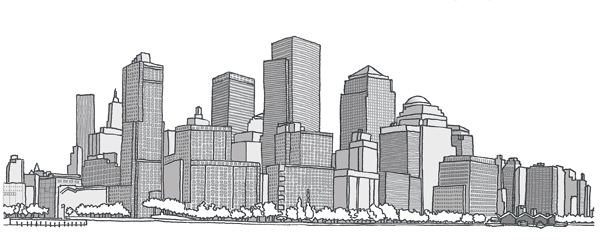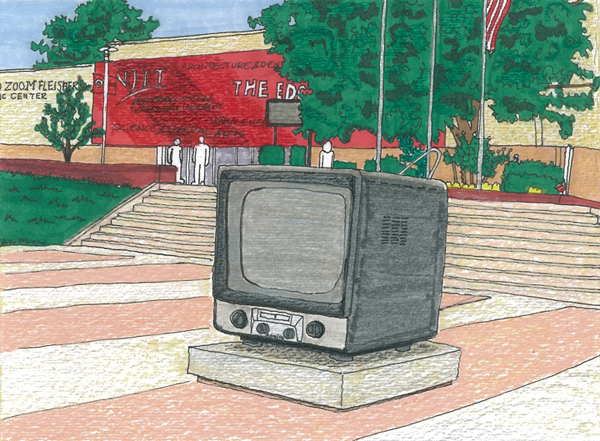
 In The “Art of Invention, ” sculptor Daniel A. Henderson explores the viral allure of technology and its unintended consequences. Henderson, an inventor who developed the wireless picturephone and holds 26 U.S. patents, believes that invention like sculpture, is an artistic endeavor. Through his work, Henderson shows us how the permanence of iconic products–from View-Masters to Princess phones–sculpted in stone represents the connection with the natural world and contrasts with the temporality of technology and the materials in which they are constructed.
In The “Art of Invention, ” sculptor Daniel A. Henderson explores the viral allure of technology and its unintended consequences. Henderson, an inventor who developed the wireless picturephone and holds 26 U.S. patents, believes that invention like sculpture, is an artistic endeavor. Through his work, Henderson shows us how the permanence of iconic products–from View-Masters to Princess phones–sculpted in stone represents the connection with the natural world and contrasts with the temporality of technology and the materials in which they are constructed.
–Daniel A. Henderson, Sculptura (2010)
“The Art of Invention” featuring eight monumental pieces by the American artist Daniel A. Henderson will be on view at NJIT, in Newark, New Jersey, until Dec. 22, 2011. The exhibit, which is free and open to the public, features the work of Henderson, an inventor and entrepreneur who has created a body of work to explore the viral allure of technology and its unintended consequences. Henderson has transformed a series of modest gadgets and appliances, familiar to the cultural landscape, into objects of artistic polish that ask the viewer to contemplate technology, progress, and human interaction.
The scale of the sculpture both amplifies the form and functional design elements of the original objects while creating tension for the viewer unable to use them. The permanence of iconic products sculpted in stone represents the connection with the natural world and contrasts with the temporality of technology and the materials they are built from. The work is symbolic of the Art of Invention and the permanent alteration to the human landscape.
Henderson would like people to consider the ethics of products made with toxic disposable materials. “In a world of virtual reality with e-mail, text messaging, and Internet shopping, we are confronted with the decline in face-to-face communication, the erosion of community and the expectation of instant gratification,” he said. “I want people to talk about technology–rather than merely use technology to talk.”
The exhibit is to be open to the public Tuesdays (9 a.m.-noon, 5-8 p.m.) and Thursdays (9 a.m.-noon) from Oct. 4-Dec. 22, 2011 in the NJIT Campus Center Atrium. It is advisable to confirm times and dates with the NJIT Campus Center Information Desk, 973-596-3605, before visiting.
The Art of Invention: Sculpture by Daniel A. Henderson (Schneider Museum of Art, 2010), a companion book to the sculpture exhibition, is also available for purchase at the NJIT Bookstore.






